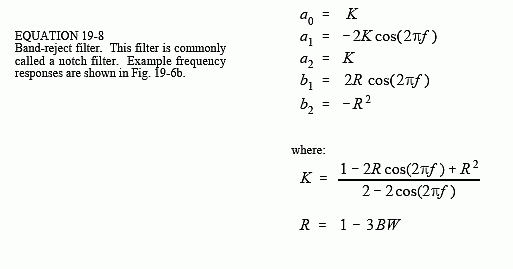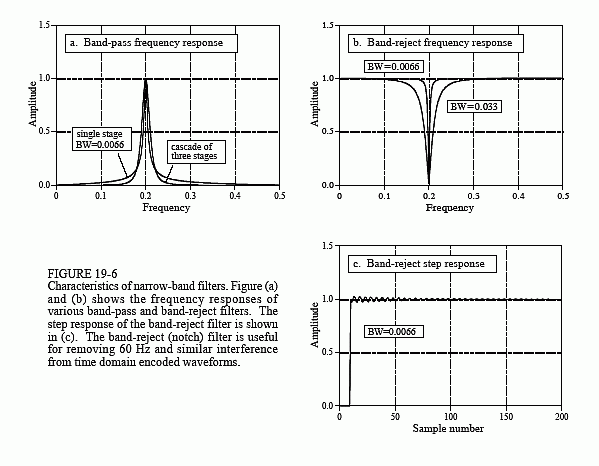The Scientist and Engineer's Guide to
Digital Signal Processing
By Steven W. Smith, Ph.D.
Book Search
Table of contents
- 1: The Breadth and Depth of DSP
- 2: Statistics, Probability and Noise
- 3: ADC and DAC
- 4: DSP Software
- 5: Linear Systems
- 6: Convolution
- 7: Properties of Convolution
- 8: The Discrete Fourier Transform
- 9: Applications of the DFT
- 10: Fourier Transform Properties
- 11: Fourier Transform Pairs
- 12: The Fast Fourier Transform
- 13: Continuous Signal Processing
- 14: Introduction to Digital Filters
- 15: Moving Average Filters
- 16: Windowed-Sinc Filters
- 17: Custom Filters
- 18: FFT Convolution
- 19: Recursive Filters
- 20: Chebyshev Filters
- 21: Filter Comparison
- 22: Audio Processing
- 23: Image Formation & Display
- 24: Linear Image Processing
- 25: Special Imaging Techniques
- 26: Neural Networks (and more!)
- 27: Data Compression
- 28: Digital Signal Processors
- 29: Getting Started with DSPs
- 30: Complex Numbers
- 31: The Complex Fourier Transform
- 32: The Laplace Transform
- 33: The z-Transform
- 34: Explaining Benford's Law
How to order your own hardcover copy
Wouldn't you rather have a bound book instead of 640 loose pages?Your laser printer will thank you!
Order from Amazon.com.
Chapter 19: Recursive Filters
A common need in electronics and DSP is to isolate a narrow band of frequencies from a wider bandwidth signal. For example, you may want to eliminate 60 hertz interference in an instrumentation system, or isolate the signaling tones in a telephone network. Two types of frequency responses are available: the band-pass and the band-reject (also called a notch filter). Figure 19-6 shows the frequency response of these filters, with the recursion coefficients provided by the following equations:



Two parameters must be selected before using these equations: f, the center frequency, and BW, the bandwidth (measured at an amplitude of 0.707). Both of these are expressed as a fraction of the sampling frequency, and therefore must be between 0 and 0.5. From these two specified values, calculate the intermediate variables: R and K, and then the recursion coefficients.
As shown in (a), the band-pass filter has relatively large tails extending from the main peak. This can be improved by cascading several stages. Since the design equations are quite long, it is simpler to implement this cascade by filtering the signal several times, rather than trying to find the coefficients needed for a single filter.
Figure (b) shows examples of the band-reject filter. The narrowest bandwidth that can be obtain with single precision is about 0.0003 of the sampling frequency. When pushed beyond this limit, the attenuation of the notch will degrade. Figure (c) shows the step response of the band-reject filter. There is noticeable overshoot and ringing, but its amplitude is quite small. This allows the filter to remove narrowband interference (60 Hz and the like) with only a minor distortion to the time domain waveform.
